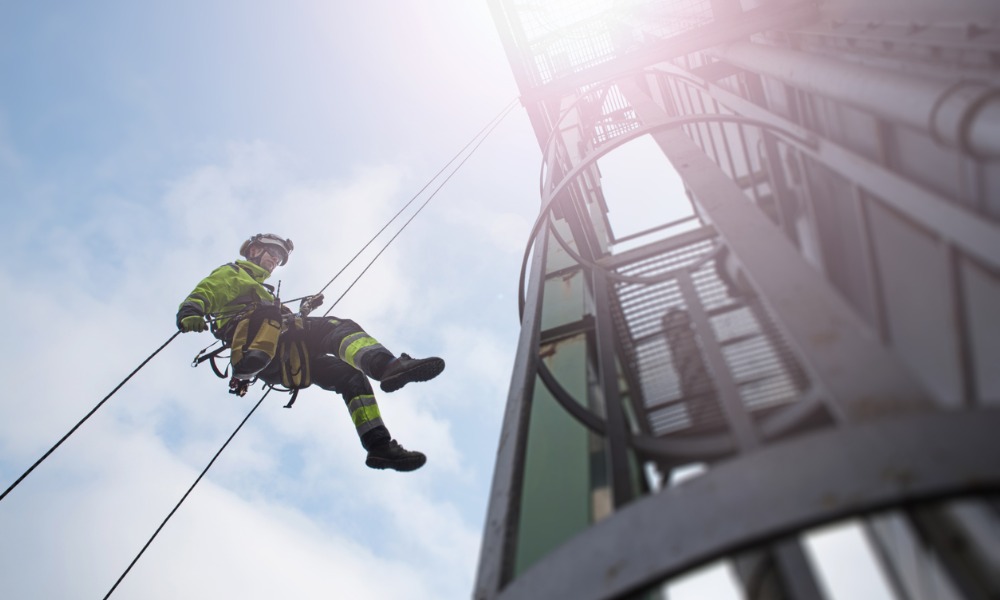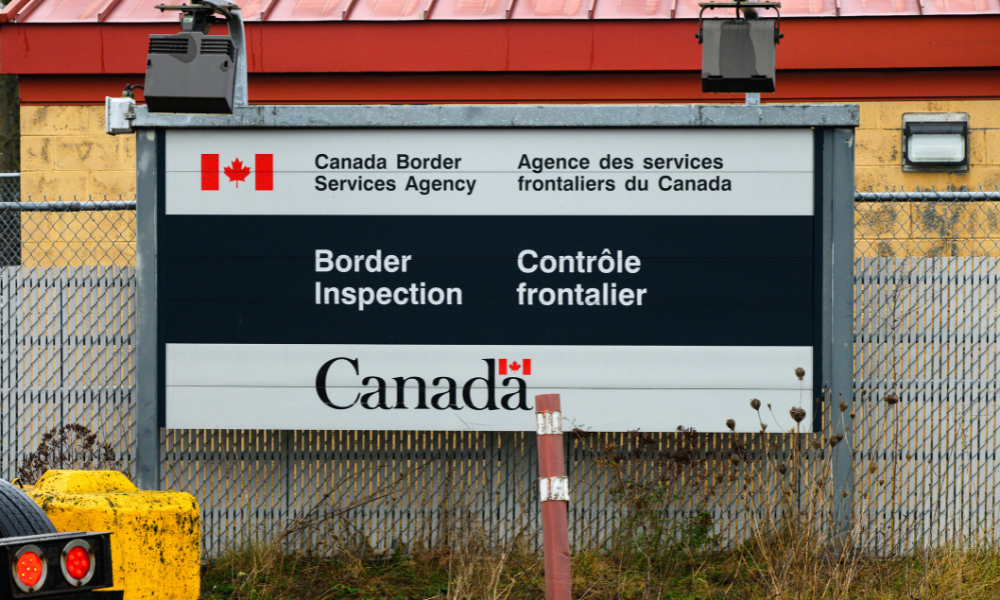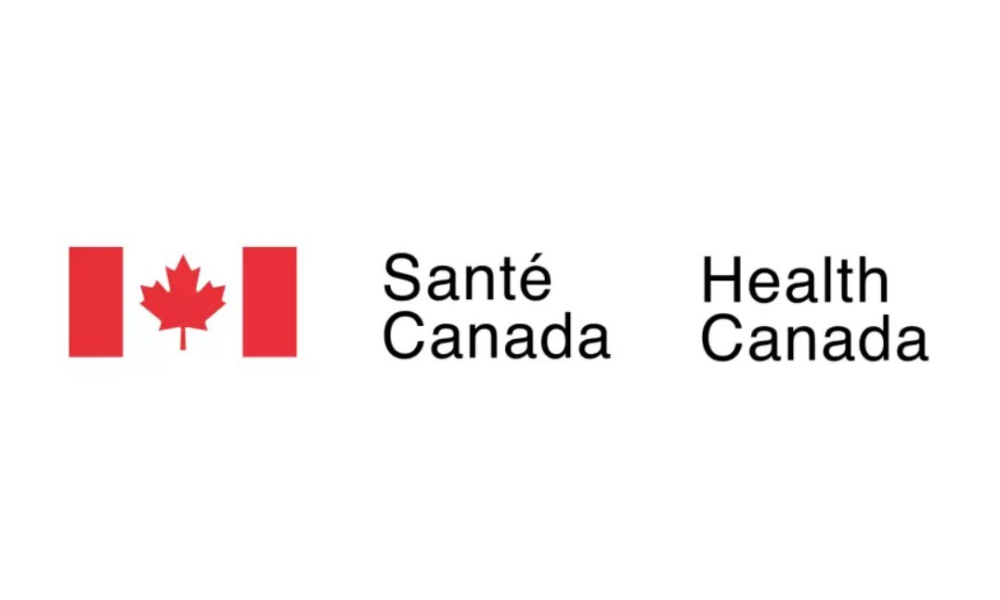Focus is on small businesses following inquest into seven deaths on construction sites

A jury has issued eight recommendations following an inquest into seven workplace deaths in Ontario that involved working at heights, and two of the organizations whom the recommendations are aimed at issued responses in statements to Canadian Occupational Safety.
The virtual inquest began on November 29 and lasted six days. The five-person jury listened to expert testimony and heard from witnesses before arriving at eight main recommendations, with one of them having three sub-recommendations. Most of them focus on small businesses and suggest more training and communication to help small business owners better understand and mitigate the risks associated with working at heights.
The victims were Melvin Joyner, Paul Rouen, Bernard Lauzon, Daniel Burkholder, Mykhailo Kouchil, Ronald Guilbeault and Kung So. In most cases, the jury found their deaths were caused by head trauma or blunt force injuries and were considered “accidents”.
All the recommendations are being made to the Ministry of Labour, Immigration, Training and Skills Development (MLITSD), as well as the Infrastructure Health and Safety Association (IHSA), and the Workplace Safety and Insurance Board (WSIB), with a specific focus on small businesses.
“The ministry will review all recommendations from the Coroner’s Jury carefully and our thoughts are with the family and friends of the workers who lost their lives,” reads a ministry statement.
List of the recommendations
The Office of the Chief Coroner provided the complete list of the recommendations to Canadian Occupational Safety. Here is what the jury recommended.
To the Ministry of Labour, Training, Immigration and Skills Development (MLITSD):
1. Develop a campaign to increase public awareness of the initiatives and resources that MLITSD has to support small businesses in the construction sector in ensuring workers have appropriate knowledge of health and safety laws and regulations and the skills required to follow safe work practices.
2. Ensure that small businesses with five or fewer workers are eligible to take and receive reimbursement for Health and Safety Representative training through the MLITSD Small Business Health and Safety Training Program. Include that businesses with five or fewer employees are eligible to be reimbursed for Health and Safety Representative training in the campaign described in recommendation #1.
3. Develop a strategy for making information regarding who has completed Working at Heights training and the expiry date of training certificates as contained in the MLITSD's database available to members of the public who may hire a person to perform work at heights. Consult with third parties regarding the creation, implementation and maintenance of such databases while ensuring privacy legislation is followed. The strategy should include effective means to communicate to the public that the database exists.
To the Government of Ontario and the Ministry of Labour, Training, Immigration and Skills Development (MLITSD):
4. Provide additional funding to the Infrastructure Health and Safety Association (IHSA) to:
a) Continue and expand campaigns and initiatives directed toward increasing public awareness of occupational health and safety for small construction businesses;
b) Continue and expand campaigns and initiatives directed toward increasing public awareness of the hazards of working at heights, especially among small construction businesses and people who do work for these businesses;
c) Continue the current promotion to provide IHSA's e-learning courses free of charge for small construction businesses beyond the current funding deadline of March 31, 2024; and d) Implement the recommendations from this inquest, if necessary. To the Infrastructure Health and Safety Association (IHSA):
5. Develop an electronic tool similar to the “Silica Control Tool” for the IHSA's Fall Protection Work Plan resource, and market that tool to all construction businesses and through the Working at Heights training.
6. Prominently display on the IHSA’s main training webpage the mandatory training standard requirements and clearly indicate in the training catalogue which training courses are mandatory.
To the MLITSD, IHSA and the Workplace Safety and Insurance Board (WSIB):
7. Explore requiring individuals and businesses that do any type of construction work to provide their contact information to the WSIB even if they are not currently required to register for WSIB or purchase WSIB coverage. The WSIB would provide this contact information to IHSA at agreed upon intervals so that the IHSA could provide health and safety resources to these individuals and businesses.
8. Review the existing process of data sharing between MLITSD, WSIB and IHSA on occupational health and safety incidents to inform the timely implementation of effective safety initiatives, campaigns and training.
Responses to recommendations
In response, IHSA president Enzo Garritano provided this statement.
“IHSA is reviewing all of the recommendations internally. In alignment with Recommendation 6, we will look to improve visibility and awareness of training requirements on our website and their promotion on our website and social media channels shortly (including our Training Requirements tool W001.pdf (ihsa.ca) currently available.”
The ministry says it has already acted following some of these incidents since 2018. “The ministry has implemented substantial changes and amended the Occupational Health and Safety Act to improve worker health and safety on construction sites and will be implementing further changes that address the recommendations.”
In 2023 the MLITSD has conducted over 18,000 inspections of construction projects, stopping unsafe work over 4,200 times.
Inquests, like this one, will no longer be the norm, with the province planning to move to an annual review of workplace deaths in construction.





